If you are familiar with my “brief moment of history” series, then you may have read about the time the Australian army fought a war against emus (and lost). When looking at history, it seems that great military men losing fights against animals is not so unique. This brings us to Napoleon. Napoleon Bonaparte is known as one of the greatest military commanders in history, and his battles and ambitions changed the shape of Western Europe. But it seems that the only foe that could best this great man was small and fluffy…
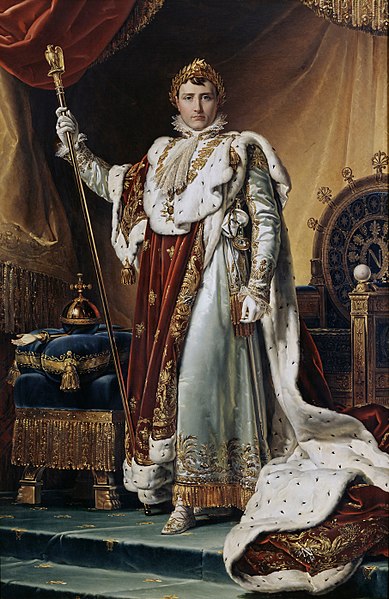
The story of Napoleon’s most humiliating defeat is one that has circulated the internet for years. According to legend, in July 1807 Napoleon’s Chief of Staff, Alexandre Berthier, organised a rabbit hunt for his esteemed master. He invited Napoleon and his entourage to a park he owned within Paris, and was ecstatic when the Emperor accepted. He made sure to do everything he could to make the hunt as pleasing for Napoleon as possible, and the day started with a splendid breakfast.
The only thing that Berthier had not been able to organise from within his property were the rabbits himself. Rabbits were, at the time, the most common game eaten in France, and so sourcing them could be difficult. He therefore arranged for 1,000 rabbits to be brought to the park especially for the Emperor. Berthier had just gained the title of Prince of Neuchâtel thanks to Napoleon, so perhaps this was his way of thanking him.
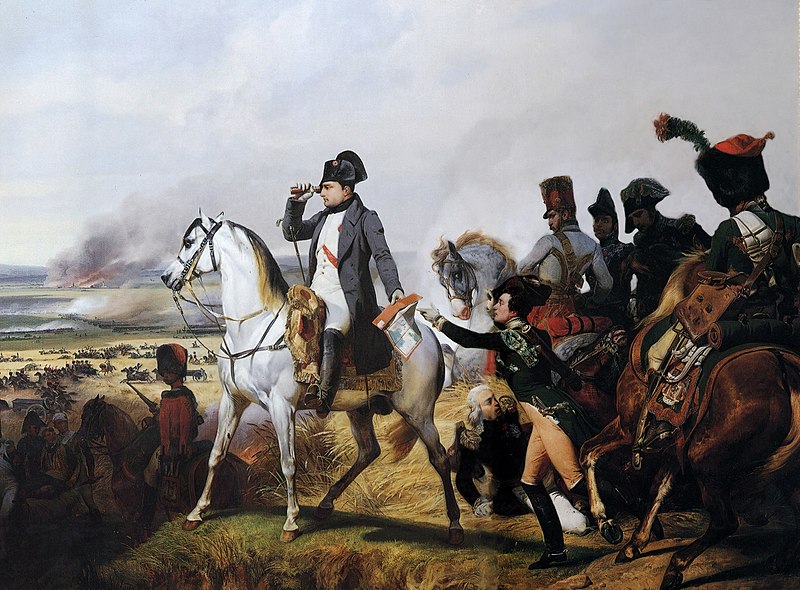
Breakfast finished, the rabbits were released in the park. The huge horde started to bolt and split in different directions in an attempt to avoid the attacks that Napoleon and his companions were firing at them. Then, the strangest thing happened: the herd of rabbits converged into one large mass, turned around, and swarmed towards Napoleon. Shock hit the party, and the angry Berthier immediately organised the coachmen into a battalion armed with their long riding whips to knock them back.
Initially, this organisation worked and the rabbits started to flee again. The party considered it a bizarre delay but were preparing to resume their hunt, when once again the rabbits turned on them. The rabbits turned around and flanked the party on the left and right. They attacked Napoleon “with an unspeakable frenzy”, climbing up his legs and swarming him so much that he stumbled. Realising this was not a fight he could win, Napoleon fled to his carriage, but the rabbits followed him and climbed upon it. Eventually, the party was able to escape.

Enjoying this blog post? Buy me a hot chocolate!
Consider donating the cost of a hot chocolate to me, so I can continue to write and run Just History Posts.
£3.50
With the Emperor of France safe, investigations began as to what exactly happened in this strange incident. As it turned out, the man with whom Berthier had entrusted the task of procurement did not realise “that there could be any difference between a rabbit and a rabbit” and as such had bought tame, hutch rabbits instead of wild rabbits which were usually used for hunts. These rabbits were less wary of humans, and had not eaten since the day before. Thus, when they were released, they ran towards the group looking eagerly for food, instead of running in fear as a wild rabbit would.
The story is certainly fantastic, but is it true? Most of the most popular results on Google recount the story in very similar words, and many of them consistently quote “historian David Chandler” with the exact same quote from him each time. This made me suspicious that the story could be a case of internet telephone, and so I decided to try and go back to some sources. I found the David Chandler in question, and sure enough Google books threw up a source: The Campaigns of Napoleon by David G Chandler, originally published in 1966. There, on page 593, was the tale of Napoleon fighting the rabbits – but frustratingly, Chandler did not provide a source for the story. This is not so unusual for older history books, but maddening nonetheless.
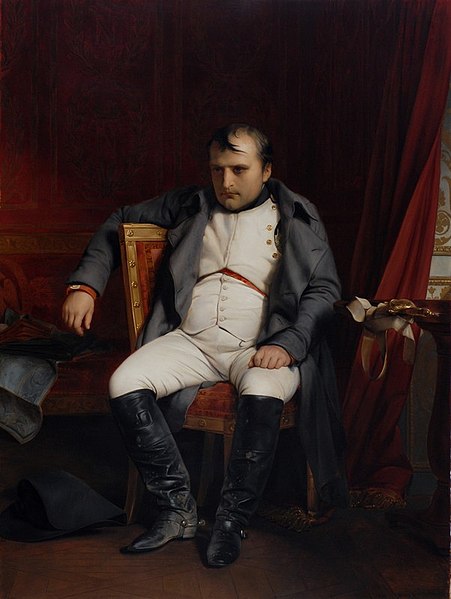
So, back to Google. After some deeper digging, I came across a Tumblr page called “… and other lies” run by a French woman who describes herself as an amateur historian. Back in August 2019, someone had asked the question I wanted answered. Was the Napoleon story true? Luckily for us, there was finally a source: A user called Napoleon Did That cited a French text published in the 1890s, called “Mémoires du général Bon Thiébault”. The book is digitised by the Bibliothèque nationale de France and is listed as being written by Paul Thiébault, the eponymous general (if you can understand French, you can read it here). Thiébault was a general who fought in Napoleon’s army, and thus would have been on first hand to know such a story. However, Thiébault died in 1846 and many of his histories and memoirs were published after his death. In this case, the book entry tells us that this version was published by his daughter from the original manuscript by someone called Fernand Calmettes.
So, whilst the story comes from someone who knew Napoleon and was a general in his army, it was published almost 90 years after the alleged incident by the general’s daughter. This means we have to have some scepticism, especially as “Napoleon Did That” highlights that Thiébault had a long-standing grudge against Berthier, the unfortunate host whose park was home to the whole incident. So, did this happen at all? Or was it something that Thiébault made up to spite his enemy who had died 30 years before him?
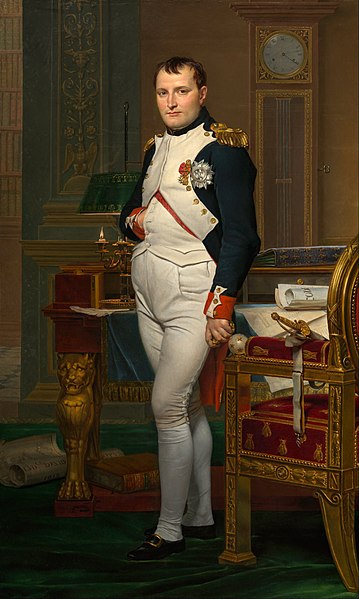
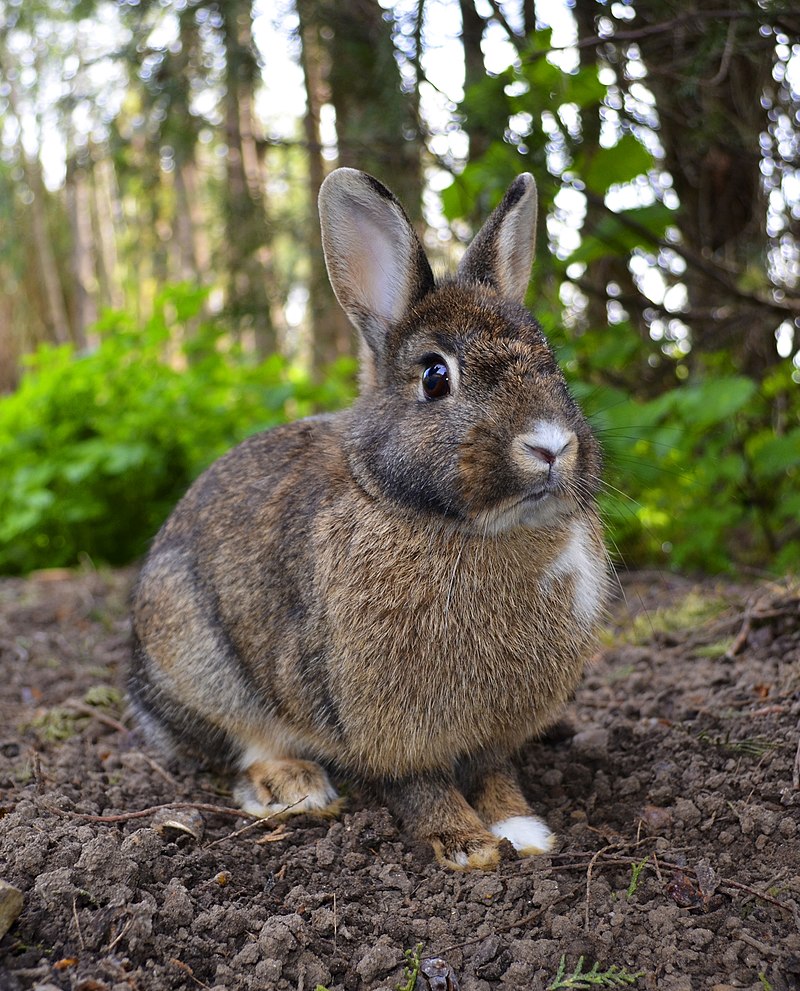
The Emperor Napoleon in His Study at the Tuileries, Jacques-Louis David, 1812, and a terrifying rabbit.
Maybe some historians with far more knowledge and expertise than me in the era will dig through papers and archives and one day be able to corroborate the story further. Perhaps they already have, and the answer is to be found in history books I have not yet read! But in the meantime, we can smile at the story and the image of one of Europe’s greatest military commanders cowering in terror at (a ridiculously large amount of) rabbits.
Previous Blog Post: Seeing the Dead: The Fayum Mummy Portraits
Previous in A Brief Moment of History: Was Queen Elizabeth I Secretly a Man?
List of Blog Posts: here Blog Homepage: here
Buy my books via the pictures below! Or why not check out our shop?

Follow us:
Read more:
https://www.mentalfloss.com/article/51364/time-napoleon-was-attacked-rabbits
https://medium.com/la-biblioth%C3%A8que/the-day-rabbits-attacked-napoleon-3a126e562d09
https://www.thevintagenews.com/2018/05/18/napoleon-and-the-battle-of-the-rabbits/?chrome=1
https://gallica.bnf.fr/ark:/12148/bpt6k5739536n/f553.item.r=lapin

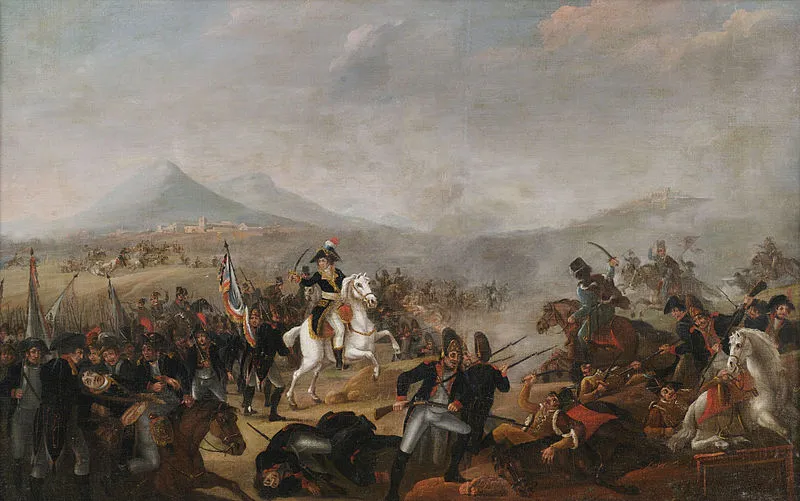

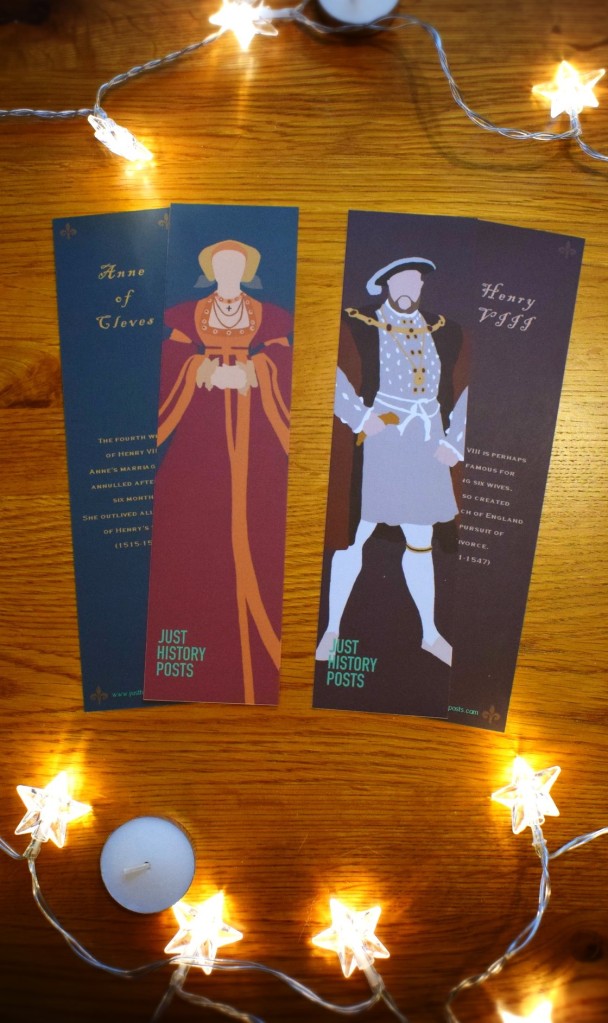


Great story, and in the Year of the Rabbit! 🐇
LikeLiked by 1 person
Yes, I didnt even realise til after I posted! Was meant to be
LikeLiked by 1 person